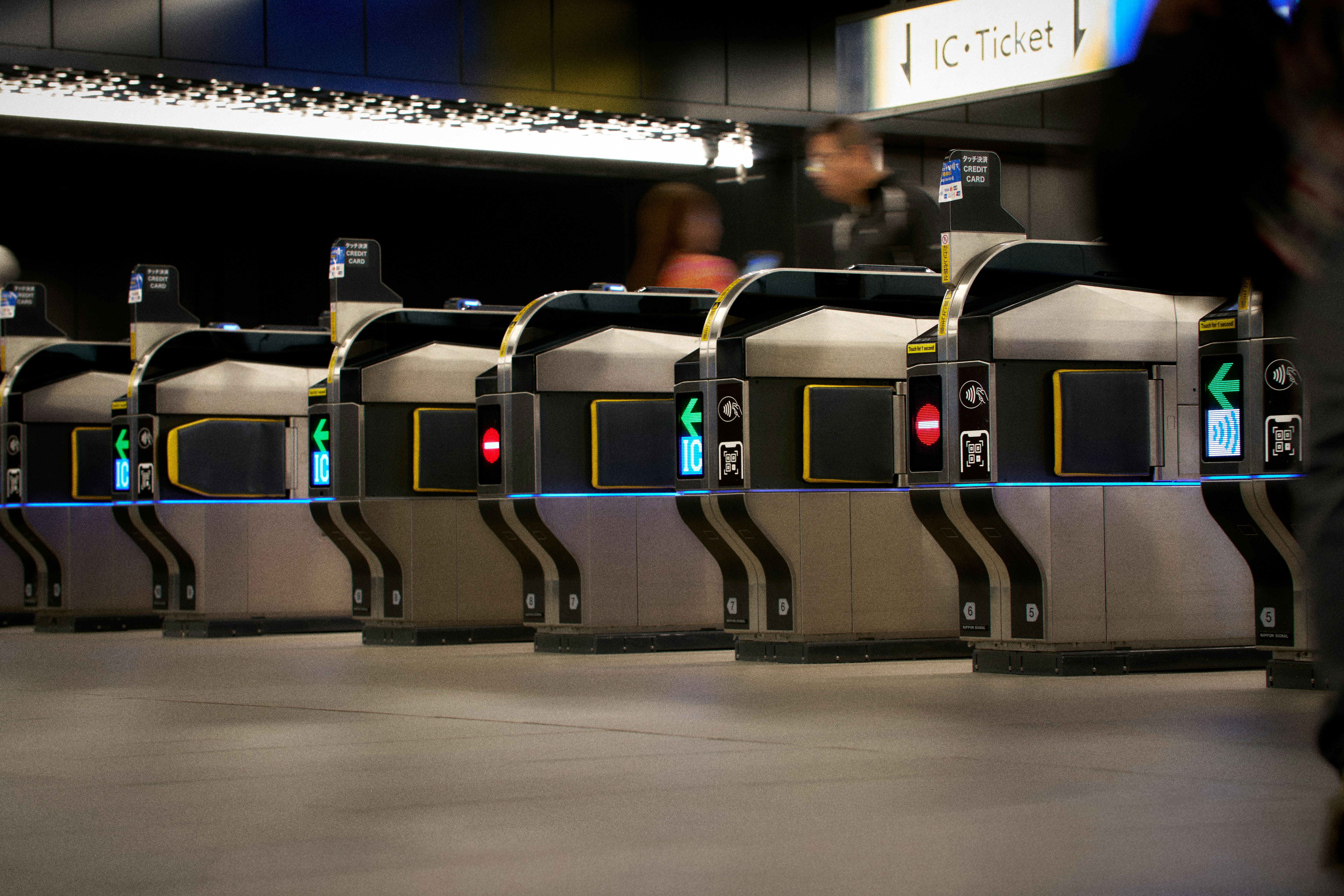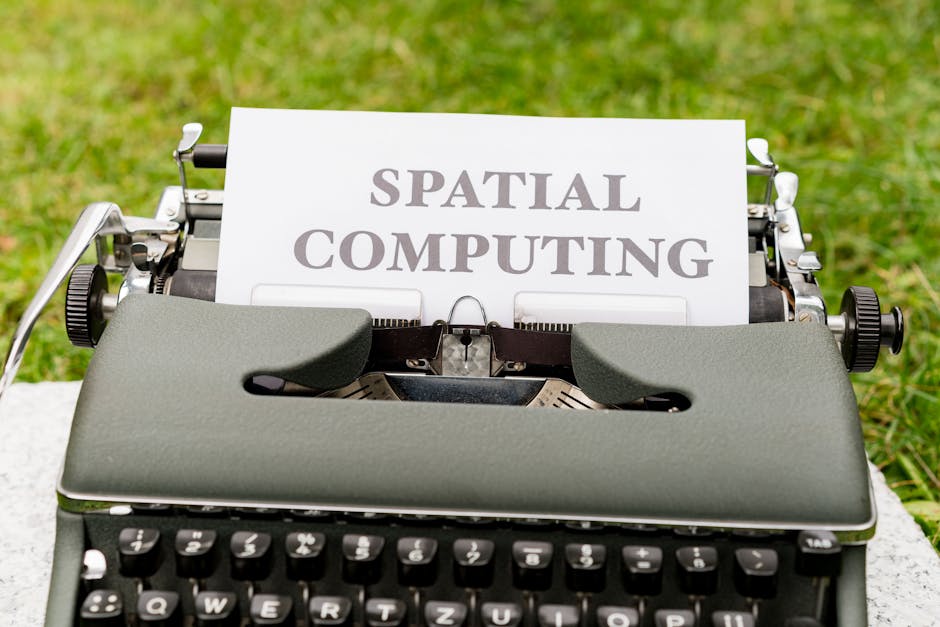What Ambient Computing Really Is
Defining Ambient Computing
Ambient computing refers to technology that operates quietly in the background no screens, no keyboards, and no constant tapping or swiping. Instead, it blends naturally into your surroundings, ready to respond to your presence, preferences, and behavior without you even needing to think about it.
At its core, ambient computing is defined by:
Invisible integration: Devices are hidden in everyday objects or environments
Seamless interaction: No active input is required just your presence or subtle cues
Context awareness: The system understands and adapts to your habits, environment, and needs
What Sets It Apart
Unlike traditional computing models, ambient systems are designed to minimize friction and reduce manual interactions. You don’t operate a device you coexist with it.
Key differences from traditional computing include:
No dedicated interfaces: Forget screens or keyboards interaction happens through sensors, gestures, and voice
Proactive support: The system acts on your behalf before you even ask
Low cognitive load: You’re not learning how to use tech; it learns how to help you
Ambient computing is not the future it’s already part of daily life. And as it becomes more refined, its true potential lies in making technology feel invisible but indispensable.
Everyday Interactions That Are Quietly Smarter
Ambient computing isn’t a futuristic concept it’s already threading itself through daily life, often unnoticed. In smart homes, lights dim without a word, thermostats shift as you move room to room, and speakers curate playlists based on time of day or mood you never declared. The idea is simple: less input, more anticipation.
Wearables are doing the same for health. No more tapping reminders or logging routines these devices track vitals continuously, flag anomalies, and serve insights with minimal human effort. If you forget to care about your wellness, your wristband won’t.
Voice assistants now go beyond obeying cues they predict them. Instead of waiting for a wake word, they suggest tasks based on weather, calendar changes, or activity patterns. Not always perfect, but undeniably smarter.
And it doesn’t stop at home. Cars adjust temperature and suggest routes before you can reach for the dial. Workspaces adapt to your presence, retail stores shift lighting and product placement per customer traffic. All of it is driven by ambient systems built to work quietly in the background. Their job: to get tech out of the way, not in your face.
Behind the Seamless Experience

What makes ambient computing feel so effortless is a gritty triangle: sensors, edge computing, and machine learning. Together, these three are the backbone of what seems like magic. Sensors detect motion, temperature, light, voice just about anything physical. Edge devices pull that data in and make quick decisions on the fly, locally, without waiting on cloud servers. Then machine learning kicks in, shaping future responses by spotting patterns in how you live, move, and talk.
Over time, these systems stitch together a picture of your habits. Wake up at 6:10? Lights know to ease on. Lower room temp at night? Thermostat gets the hint. Skip your morning smoothie two days in a row? The blender stays silent. It’s not about one smart gadget it’s about the network knowing you well enough to stay a step ahead.
But smart doesn’t mean harmless. These systems collect a lot location, voice clips, usage rhythms. Some of that data never leaves your home, but a good chunk does, especially when devices sync with apps or cloud services. The real concern lies in transparency: Do you actually know what’s being gathered? Who stores it? Can it be deleted?
Users need more control. Full stop. Because as ambient computing gets smarter, trust is the only thing that’ll keep it running smooth and quiet.
The Role in Sustainability & Efficiency
One of ambient computing’s quietest strengths is how it trims the fat especially when it comes to energy use. Smart environments don’t wait for you to flip a switch. They react in real time: dimming lights when there’s daylight, powering down unused rooms, adjusting climate based on your routines, not just a timer. That matters when you’re trying to squeeze every bit of efficiency out of your home or office.
Then there’s the hardware story. As tech moves off screens and into the background, we’re looking at fewer power hungry devices cluttering every surface. Instead of six different gadgets doing six things poorly, ambient systems consolidate utility. You interact with one seamless layer of tech instead of juggling tablets, remotes, and outdated screens. That means less manufacturing, fewer upgrades, and ultimately, less waste.
Ambient computing plays well with green tech and sometimes is green tech. For a look at how the two worlds converge, check out Exploring the Most Impactful Green Tech Innovations of the Year.
What to Expect by 2028
Ambient computing is slipping deeper into the fabric of public life and most people won’t even notice. By 2028, expect to see this tech baked into city infrastructure. Think transit systems that adjust in real time to crowd flow, streetlights that dim based on weather and traffic patterns, or voice navigated kiosks that respond without touchscreens.
Healthcare will feel the shift too. Ambient tech will support check ins, vitals monitoring, and elderly care, in both hospitals and homes. These systems will quietly collect, analyze, and act reducing friction while giving care teams better data.
Spoken interfaces are already replacing taps and swipes. In the years ahead, this shift will deepen. Users won’t stare at screens they’ll interact through subtle voice prompts or gestures. We’re also seeing the rise of “calm tech”: systems that help without needing to alert, ping, or distract. These aren’t attention hungry apps. They’re quiet tools that just do their job.
As devices fade further into the background, tech becomes less about command and control and more about context and flow.
Final Takeaway
Ambient computing isn’t a flashy revolution it’s a quiet one. It’s already living in your thermostat, your car’s parking assist, your fitness tracker. It doesn’t demand screen time or make noise about its presence. That’s the point: when it works, you barely notice it.
As this tech gets smarter, more connected, and more common, the friction between us and digital systems shrinks. We won’t have to unlock, tap, or shout to get things done. Instead, tech will step in subtly, anticipating what we need and then staying out of the way. Less time fumbling with devices, more time present in actual life.
The broader promise is a world where digital access feels like second nature woven into the background, not begging for attention. The challenge now is making sure it stays human, responsible, and calm as it scales. But make no mistake: ambient computing is already here. And it’s just getting started.
